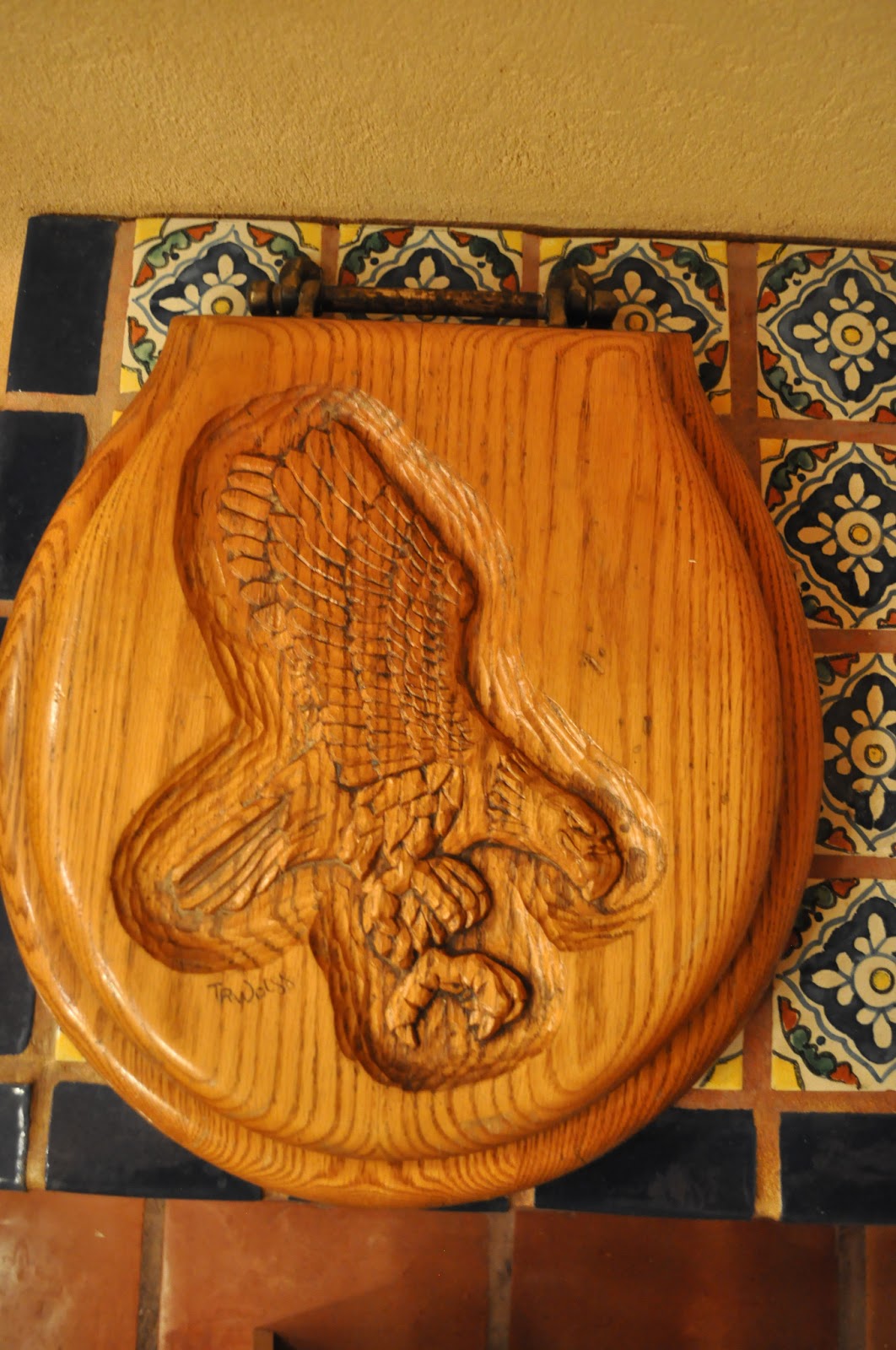Now featuring FLEXpower Systems from OutBack Energy and OutBack FLEXware Power Panels assembled by AEE Solar.
Looking for an easy, straight forward way to get up and running with solar energy? Well, these pre-assembled power systems may just be what you have been looking for.
For addition information about the systems I have available or to make a purchase for the system that best suits your personal needs and budget, please visit my solar website at Solar-Catalog.com.
I am proud to now be able to offer you these great products. These are self contained power systems designed and pre-assembled. Both these two above mentioned systems are made right here in the good ole United States.
For addition information about the systems I have available or to make a purchase for the system that best suits your personal needs and budget, please visit my solar website at Solar-Catalog.com.
I am proud to now be able to offer you these great products. These are self contained power systems designed and pre-assembled. Both these two above mentioned systems are made right here in the good ole United States.
 These systems are battery based systems. Meaning that they all work in conjunction with solar storage batteries so you have electric even when the sun goes down.
These systems are battery based systems. Meaning that they all work in conjunction with solar storage batteries so you have electric even when the sun goes down.
Our grid-tie interactive systems store electric from the sun in your solar storage batteries and stores all the extra electric with your utility company. At night you buy that electric back and should the utility electric go down, you always have electric stored up in your batteries.
While our off-grid systems would use a larger battery storage system, they too use the sun to generate DC electric while the inverter provides you with utility grade AC electric to run your home. These systems can be tied into a utility company which can then be used as a backup. They will also start a backup generator if one is available.
The FLEXpower Systems are made and assembled at the OutBack factory in Washington State. These systems are available for both domestic and foreign grid-tie and off-grid applications and come standard with battery charge controller. With these systems you just need a qualified person to wire them to your solar panels and batteries. It is always required that a certified electrician be used when dealing with your public utility. Your electrician can arrange for all the proper permits as well. The FLEXpower Systems are available for both utility connected or utility independent applications. Once these systems are attached to your solar panels, batteries, and utility company if applicable you are ready to go.
The FLEXware Power Panel components are made here in the United States by OutBack Energy Systems of Washington State and assembled in California by the folks at AEE Solar. The FLEXware Power Panels come standard with one to four inverters. These systems are also available for both utility interconnected and stand alone applications. These FLEXware systems provide a basic kit and are ala carte so that you can expand the system to meet your personal needs. In other words, you can add charge controllers, additional AC or DC circuit breakers, lightning arresters, ground fault protection, and battery monitoring system.
Both of these systems are factory wired and tested before being shipped. They all come ready to be connected to your solar panels, and your solar storage batteries. Then connect them to utility if applicable and to your home load and you are all set to go.
Although I have been offering these systems for awhile, I am writing about it now because the product line and options has greatly increased. As new systems come to market, I will be adding them to my product offering as well.
Purchasing is pre-assembled power system is becoming the way of the future as it eliminates the expense of having to hire a specialized solar installation technician. Most of these installs can be done by an owner builder or by a certified electrician.
Besides being ideal for anyone who is looking to get into a simple grid-tie system, I have sold more systems to individuals who are living off the grid and just don't want to go through the hassle of starting from scratch. In fact I sold a small one inverter to someone here near the Solar Ranch, so if you are in the Taos, New Mexico area and would like to see as small owner installed system, I could probably arrange that. These single inverter units are rather popular with RVers and boat owners as well.
Once you purchase one of these home energy system, you will need to think about solar panels and your solar storage batteries and that will round out your new home solar energy system.
For more information about these plug and play systems please stop by my website at Solar-Catalog.com or you could email me at Sales@SolarTaos.com







